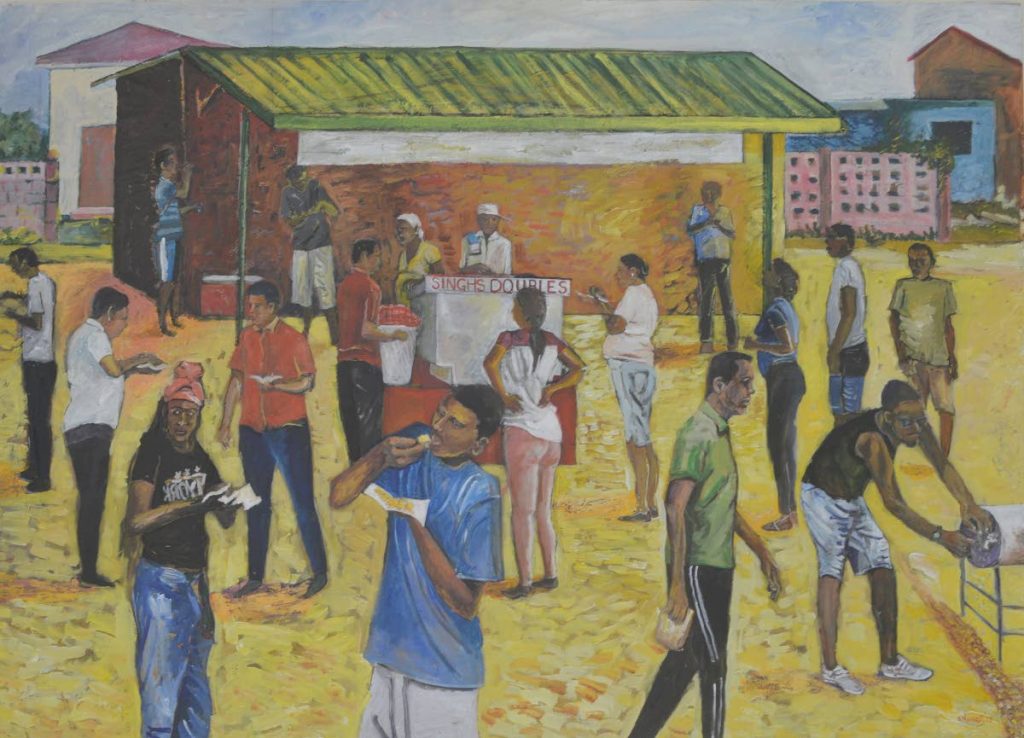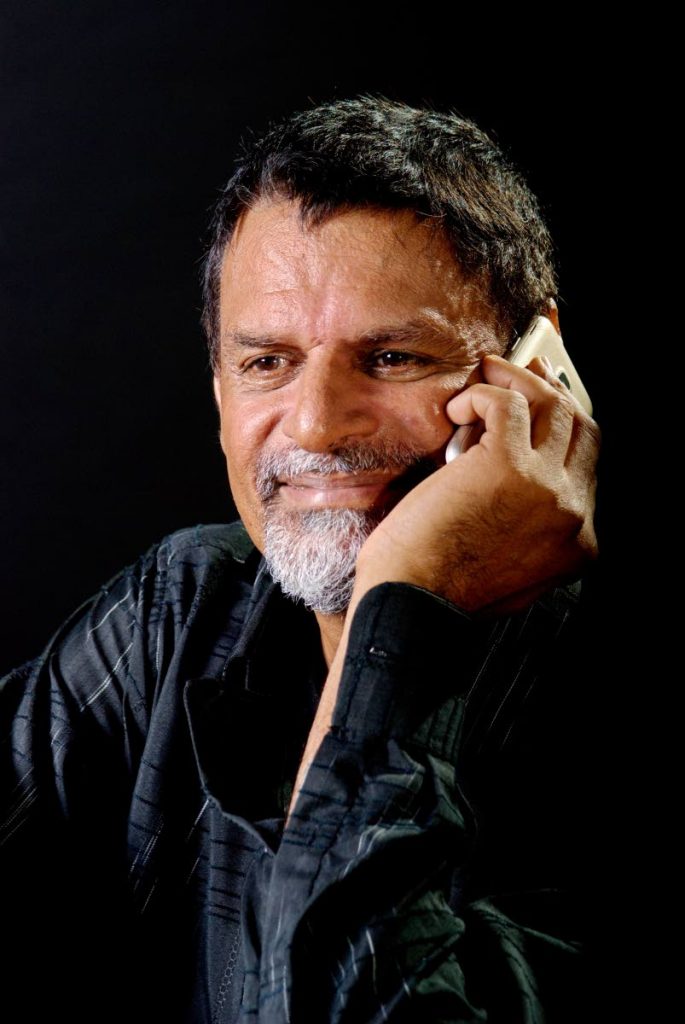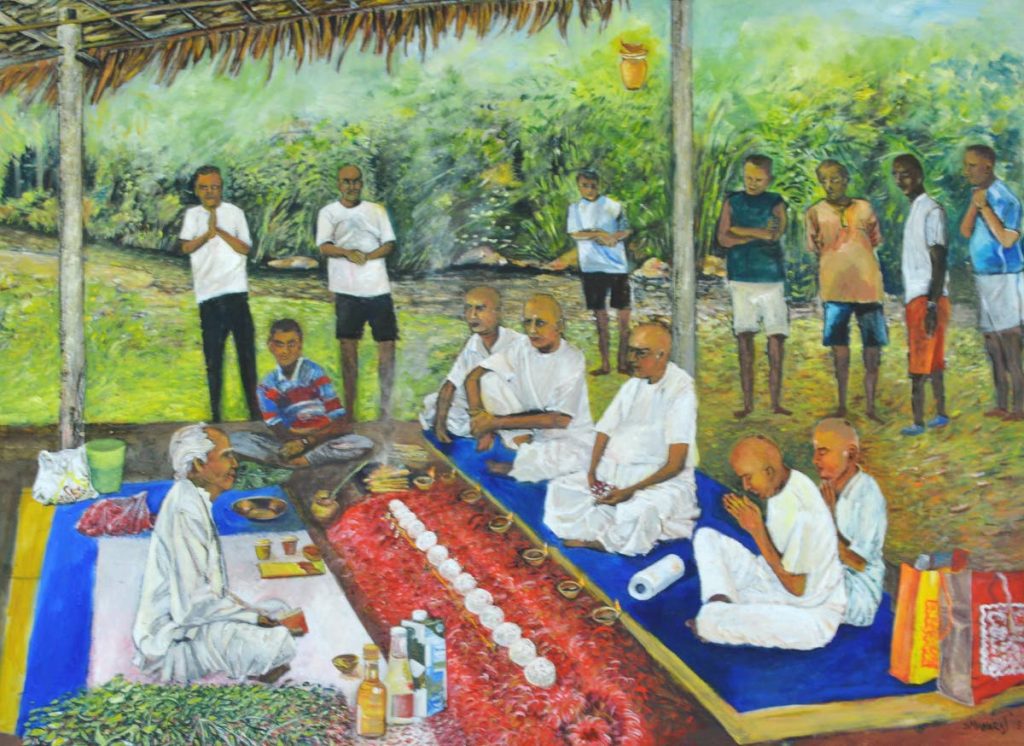Art for the grassroots

His aim is to tell the stories of local Indian people through his paintings, as well as to make art accessible to “grassroots” people who would not usually travel to Port of Spain to visit an art exhibition.
That was why artist Shastri Maharaj produced several paintings specifically for heritage month and Indian Arrival Day, and decided to exhibit it at the National Council for Indian Culture’s Heritage Centre’s Divali Nagar site in Chaguanas.

Maharaj, 66, an art lecturer at the Valsayn Teachers’ College, told Sunday Newsday that in TT there were generally three types in Indians – Hindus, Muslims and Christians. He said usually Hindu art depicted gods, Muslim art included patters and designs, while Christian Indians were the ones who pursued conventional art.
Through his newest collection, called Aagaman – The Coming, he hoped to broaden people’s minds and help them develop a more discriminating palate when it came to art.

Maharaj said ‘at this time in his life’ he wanted to give back to both the Indian and the TT communities, and heritage month seemed like a good time to share his work. Therefore he captured several aspects of past and present Indian life.
These included a Hindu wedding; people of all ethnicities eating doubles; Divali; Chutney with tassa; the Shaving ceremony when a Hindu person died; an image of women at the Ganga Dhara site on the Marianne River, Blanchisseuse during the festival of Ganga Dashahara; and more.
“When I went to the river in Blanchisseuse last year I realised I did not know about it before. I said, ‘If I don’t know about this and I grew up in a Hindu family, although I don’t practice Hinduism, you could imagine the amount of people in the country who don’t know.’ So it’s a documentation. It’s me commenting. It’s a story.”
To him, the highlight of the exhibition was the piece, The Arrival, depicting indentured labourers arriving on Nelson Island for registration and quarantine. He said he had 20 individual exhibitions over 40 years of painting and The Arrival was ‘inside him all the time.’

Maharaj considered Aagaman a seminal piece of work documenting activities, rights, and rituals of local Indians. “It is here for posterity. It is here for as long as we want it to be. It is the kind of work that the corporate sector or the government should purchase to support public consumption.”
He added that, while the collection was for historical purposes, it was also an investment to be enjoyed by all. “Art is part of culture. It’s part of educating your senses, heart and emotions. It makes you a more whole person, a more real person, a more loving person because art massages your feelings.”


Comments
"Art for the grassroots"